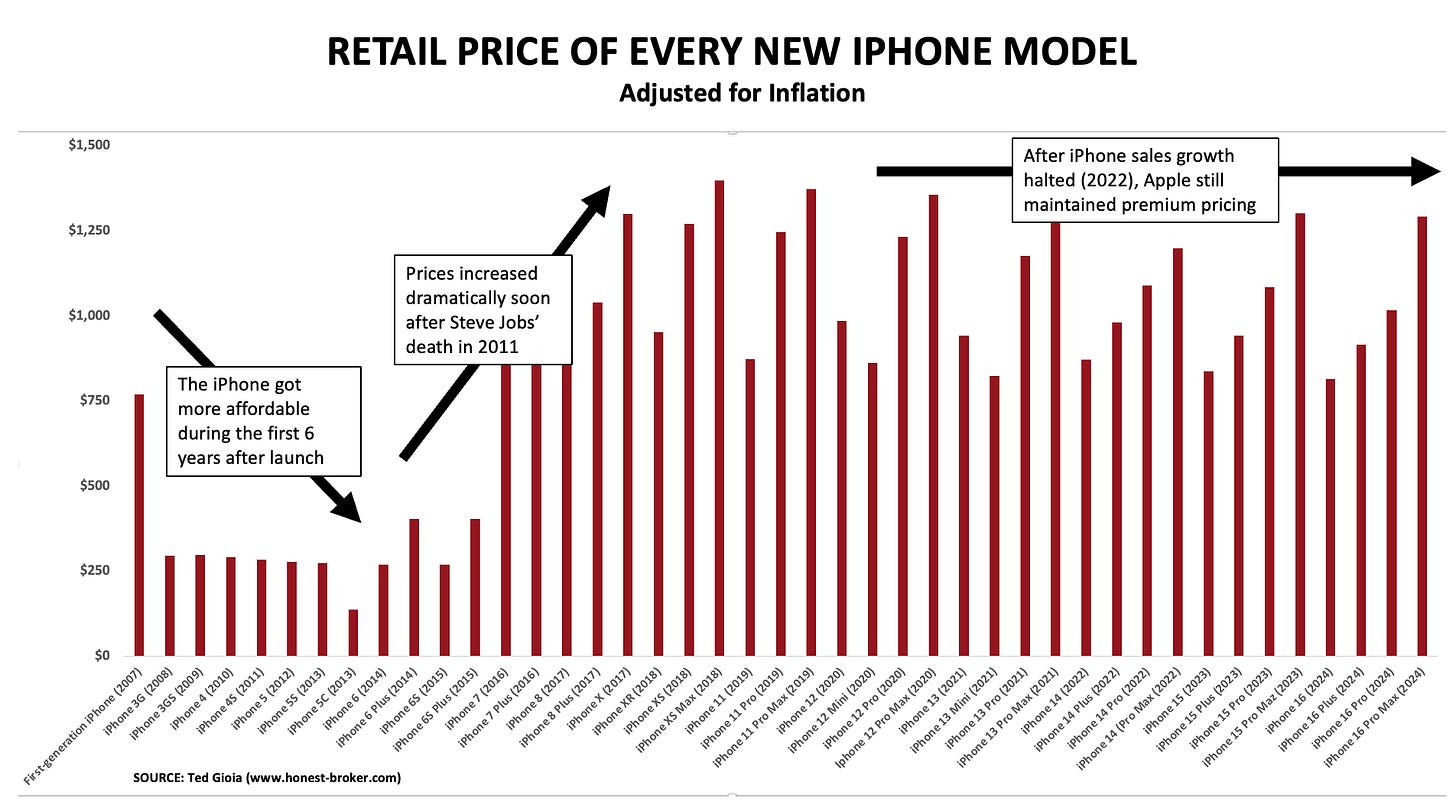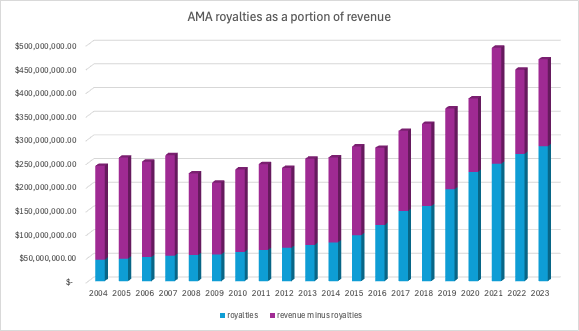The small eastern German city of Rudolstadt sits on a curve of the river Saale. All through the summer of 1788, the great poet-philosopher-playwright Friedrich Schiller used to stride around this bend, impatient to meet up with the love of his life, his future wife, Charlotte—but also with her sister Caroline. When he couldn’t see them, he sent love letters, often several a day, and these were sometimes addressed not to one sister but both. They would gather on a bridge across the river. They would swim and sing and talk and read. When the girls’ parents were away, they spent time together in their family home. What happened inside is now unknowable. “You have already become so much to my heart,” Schiller wrote, that formal you being potentially either singular or plural.
Three years later, when Schiller and Charlotte were married and living together in the nearby town of Jena, a young poet named Karl Gotthard Graß became a regular visitor at their house. The painter once wrote Schiller a letter in which he marveled at the lack of jealousy and quarreling between the two women of the household. “I cannot hide my feelings about the love of these two splendid sisters, for each other and for you,” he wrote. “It was often as if [their mother] had only one daughter and you … had two wives.”It was, the painter continued, just like a fairy tale.
To get to Rudolstadt from Berlin, you pass through prime Goethe-and-Schiller country. These two friends—Goethe being older, more courtly, and more of a polymath; Schiller being younger, more furiously abstract, and more beloved by his public—take pride of place in Germany’s cultural heritage, especially in this particular stretch of central Germany, which encompasses the main stomping grounds of their Weimar Classicism period as well as the major sites of the younger Romantics, whom they overlapped with and encouraged. Every German student has to read, sometimes even to memorize, the work of Goethe and Schiller. Their names are synonymous with German cultural greatness. Their legacy is a reliable source of domestic tourism coin; it also lends historical glamour to cities that didn’t exactly have the best twentieth century. (...)
And people really are mad for them there. In Leipzig, you can visit a house where Schiller spent a summer, or a café whose hot chocolate Goethe liked, or if you’re as lucky as I was, during an impulsive solo tour around the area, you can walk down Schillerstraße into the Schillerpark and take a selfie with the Schiller bust there, only to get laughed at by beer-drinking youths in terrible Matrix coats. Down in Jena, where Schiller and Goethe and the younger Romantics all Bloomsburied out in the 1790s and 1800s, you can visit Schiller’s garden house, a
Romantikerhaus, or the botanical gardens that Goethe helped redesign, which are home to a gingko tree my wife hates because one time for work she had to read a bad English translation of a bad but famous Goethe poem about it. I wandered agog around these various sites, thrilled to finally be doing—after years of study in far-flung Australia and then of semi-integrated expat life in Berlin—some of the properly serious Great Literature stuff that had lured me to Europe in the first place. Goethe and Schiller! Museums, plaques, and busts!!
The city of Weimar has a Goethe house, a Goethe
garden house, a house where Schiller spent his later years, and a large bronze statue of Schiller and Goethe together, both holding one laurel wreath while Goethe gently rests his hand on Schiller’s shoulder. (Replicas of this statue have been erected by wistful German émigrés in Syracuse, Milwaukee, and San Francisco.) In its various gift shops, I contemplated books by Schiller, books about Schiller, mugs with cats on them, Goethe busts, Schiller busts, a wine corker with Schiller’s head on it, porcelain plates with Goethe and Schiller’s heads on them, Schiller applesauce, Goethe strawberry and lavender jam, and an A3 facsimile of Schiller’s “Arbeits- und Finanzplan für die Jahre 1802–1809” (Work and finance plan 1802–1809), before settling on a lovely little postcard with the gingko poem, which I mailed to my wife immediately.
Saw this and thought of you xx.Before continuing to Rudolstadt, I sat in a chain bakery and dug into
The Robbers, the rebellious play from 1782 that made young Schiller a star (and Coleridge “tremble like an Aspen Leaf”). The tenor is thrusting and vigorous, as with much of early Schiller; it tells the story of a good-hearted man who is forced by tyranny and corruption to lead the life of a righteous outlaw. Like the rest of Schiller’s oeuvre—even the later history plays—it is lit up by a philosophical boisterousness, a lust for liberation and renewal, and a search for ever grander forms of “unity” outside a dried-out, teetering, dictatorial social order. While it might feel “carpe diem” corny today, its spiritedness is genuine and occasionally contagious. But I was having trouble reading, which upset me. Had I fried my brain on the American internet? Had I
read too many posts? Still, all the Germans I meet tend to agree that Schiller is tough going, perhaps more admired than actually read. Out of the corner of my eye, I noticed a big white lamp in the shape of Goethe’s head, its plug unplugged and dangling loose. Where’s my man Schiller? I battled through another two pages of
The Robbers, then boarded my train.
Rudolstadt, like many small cities in post-Communist eastern Germany, seems rather unsure how to define itself. They have a picturesque castle belonging to a very minor noble; they were once famous for their porcelain, and for producing a domestic competitor to LEGO. The surrounding region votes far right, but the city is run by independents. It is neither very rich nor very poor. They host a Tough Mudder event and a world music festival. In recent decades, though, they seem to have gambled a lot of their identity on Schiller—and on one saucy chapter of the author’s life. Already at the station, the marketing campaign is apparent. A big sign bids welcome to “Schiller-city Rudolstadt.” The pedestrian tunnel has a drawing of Schiller’s face and the unofficial town motto, Schiller’s Secret Beloved—adopted as part of an enthusiastically Schiller-based marketing campaign in the aughts—next to pictures of Schiller and two women interconnected with Cupid-ish arrows, cartoon hearts, and quotations. Then there are big blown-up photos of three young actors dressed in period garb. They pose in front of a church in one, and in another they look out over a castle, two of them holding hands behind the other’s back. Somebody with a pen has furiously scratched out the faces of Schiller (just a bit) and one of the women (quite a lot) on one photo.
As I approached the town square, I noticed a Schiller bust—beside the bust of two women—and then a city works van with Schiller’s Secret Beloved printed on the side. All the signs were pointing west, toward the Schillerhaus, to something. And so on I went, past the shop advertising open-faced sandwiches with raw pork mince and uncooked white onions—parsley photoshopped on top—and past the popular outdoors shop named “Sport Schart.” Past the bakery that tried to sell me a doughnut called
Kameruner, like Cameroon, in the shape of a dinosaur; past the clothing store with a spiffy window display of leopard print, a discount rack featuring outgoing summer styles of leopard print, and a rack of freshly arrived fall fashions—leopard print. I even passed a plaque proclaiming Goethe once stayed there.
I got to the Schillerhaus in the early afternoon. The sun was mild, the leaves were rouging. The house itself sat elegantly understated, three boxy white floors festooned with ivy and topped with a gently sloping orange roof. Inside, a quotation from Schiller had been painted on the wall near the entrance: “All art is dedicated to joy,” it read, “and there is no higher and no more serious task than to make people happy.” All right, then, I thought, do your best. The first room was dedicated to Goethe and Schiller’s first meeting—which technically happened here, although they didn’t get along, as their letters to mutual friends attest. (Goethe considered Schiller immature and overzealous; Schiller found Goethe “an egoist of exceptional degree.”) Someone had the idea of reenacting their meeting using video screens, each containing the head of an actor: Goethe, Schiller, the two sisters, another woman, all talking over each other and attempting to be witty, then falling silent for several seconds. It felt to me, not knowing better, authentic. If you focus on Schiller, you notice him exchanging sultry looks and winks with one sister, then with the other, and then the first again. The actors were doing a great job. I recognized their faces from the photos at the station.
***
It was on a chance social visit to this house in December 1787 that Schiller met these two sisters—Charlotte von Lengefeld and Caroline von Beulwitz. What happened next is a drama that reveals itself primarily in letters, since Schiller did not keep a proper diary and none of them wrote explicitly about the situation in their published works. The love triangle shows up in some biographies of Schiller, and a couple of critics and historians have plundered the epistolary archive in search of the truth. Yet all these chunks of evidence merely orbit around the unknowability of what was really done and felt and said in closed rooms during the late eighteenth century.
Charlotte was younger and more demure; she liked the English language and drawing. Caroline, three years older, was bolder and more radical in inclination—but she had already been married off to a dull businessman. It was a loveless marriage, and he was often away on work trips, so she lived almost completely independently. Both sisters dreamed of traveling widely, although the farthest they would ever get was Switzerland. They read widely and translated—their father wanted them educated beyond their small-town context. But each of them was waiting, somehow, to find a path into the wider world.
by Alexander Wells, Paris Review |
Read more:
Image: Alexander Wells























